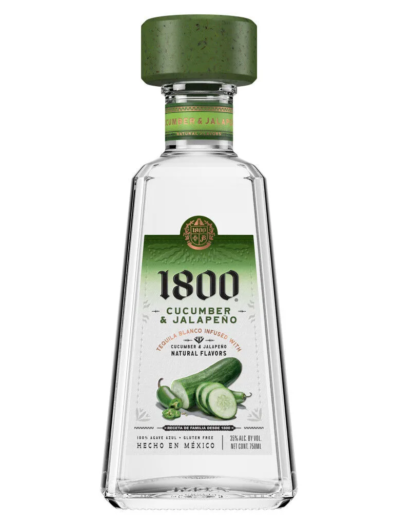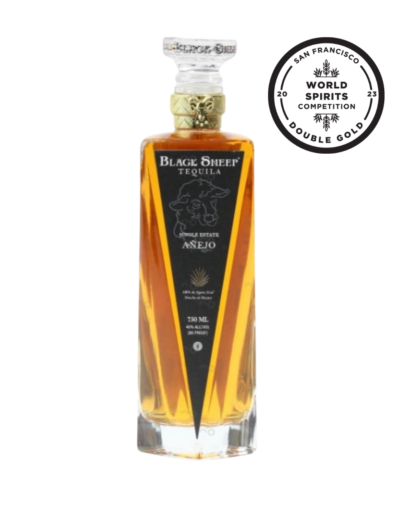Don Julio Reposado Double Cask Finished in Lagavulin Islay Single Malt Scotch Whisky Casks
€525.77
| Product Type | Tequila |
| Style | Reposado |
| ABV | 40% |
| Country | Mexico |
| Region | Jalisco |
Don Julio Reposado. Double Cask Finished in Lagavulin Islay Single Malt Scotch Whisky Casks
Don Julio Reposado Double Cask Finishes in Lagavulin Islay Single Malt Scotch Whisky Casks is a unique, rich and nuanced expression of our exceptional Don Julio Reposado Tequila. Age to perfection, our Don Julio Reposado Double Cask Finish in Lagavulin Islay Single Malt Scotch Whisky Casks Tequila is the very essence of the perfect barrel-age. However. ultra-premium tequila made from hand-select, ripe-harvest Blue Agave.
Finishes in barrels that once held Lagavulin Islay Single Malt Scotch Whisky. This Limit Edition expression have notes of sweet fruit and tropical mandarin balance with soft wisps of wood smoke and cacao bean. Don Julio is name One of the Top Trending Tequilas at the 2020 Drinks International awards. Simply serve neat in a snifter or on the rocks for a classic and simple drink.
By 1800, there is already 24 haciendas farming agave to produce mezcal. Twelve around the village of Tequila and another 12 around the village of Amatitán in the highlands.
What specific varieties were being grow is not known, but they would have includes that the blue agave, then call chinos azul (Blue Chinese) and agave largo (long agave), a species characterize by extremely long leaves.
By now, the fame of Tequila’s vino mezcal have begin to be notice by foreigners as well. In 1821, J.C. Beltran, an Italian visitor in Jalisco, note that, the tequila maguey produces a high-quality liquor that is call mezcal wine.”
History Don Julio Reposado
However. Several decades later, in the first print reference to a tequila terroir, the French writer Ernest de Vigneaux notes that the village of “Tequila lends its name to the mezcal liquor in the same way that Cognac does to the liquors of France.”
Until about the 1850’s, agave is cook by roasting them in stone-line pit ovens. A fire would be built in the pit oven to heat the rocks that line it. Once the fire had dies down the agave would be place in the fire pit and cover with earth.
The heat retaines by the rocks would cook the agave. The smoldering wood in the pit oven would impart a smoky flavor to the piñas, which would carry through in the resulting distillate. This is still the traditional way agaves intend for mezcal production is cook.
It took about three cart loads of wood to cook the agave in a typical pit oven, roughly about three cords worth. As the tequila industry grew, the local forests is cut down and wood have to bring from ever greater distances.
Further. Sometime in mid-century, distillers gradually begins to turn to stone ovens, call hornos, typically line with plaster or clay, to cook the agaves. The oven is still wood fire, but less heat is waste and less wood is in need.






Reviews
There are no reviews yet.